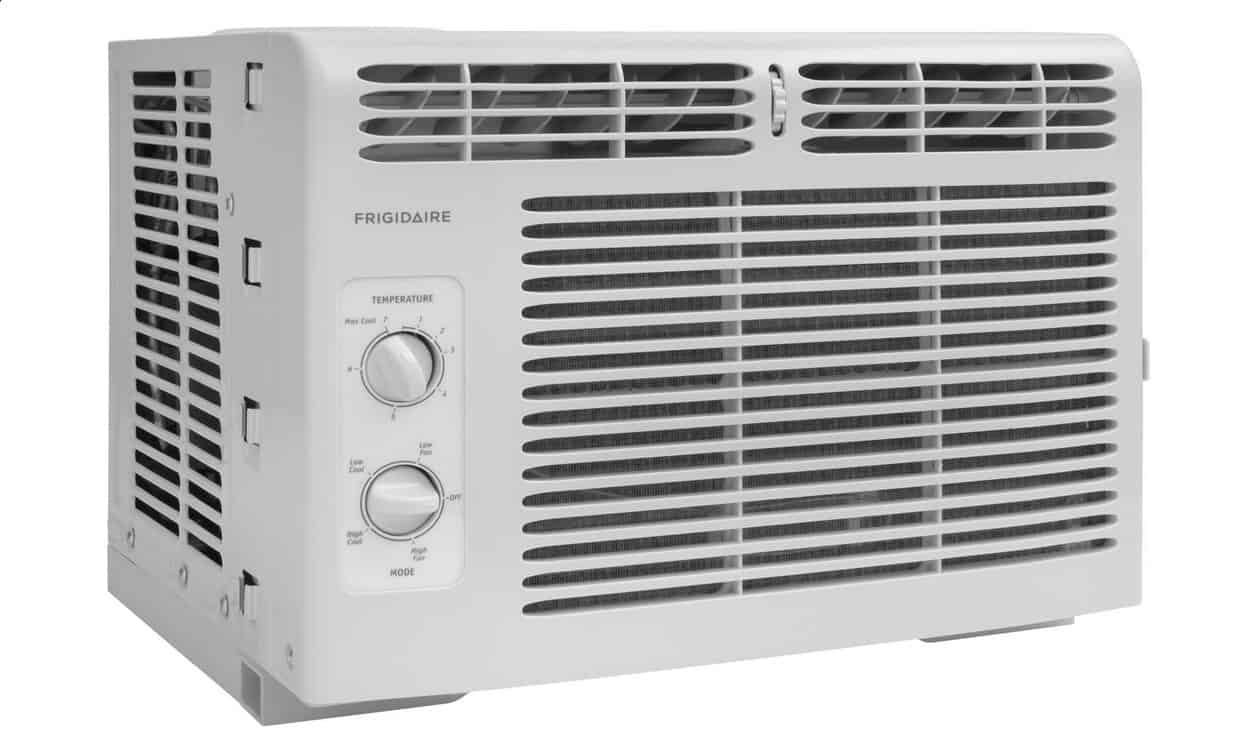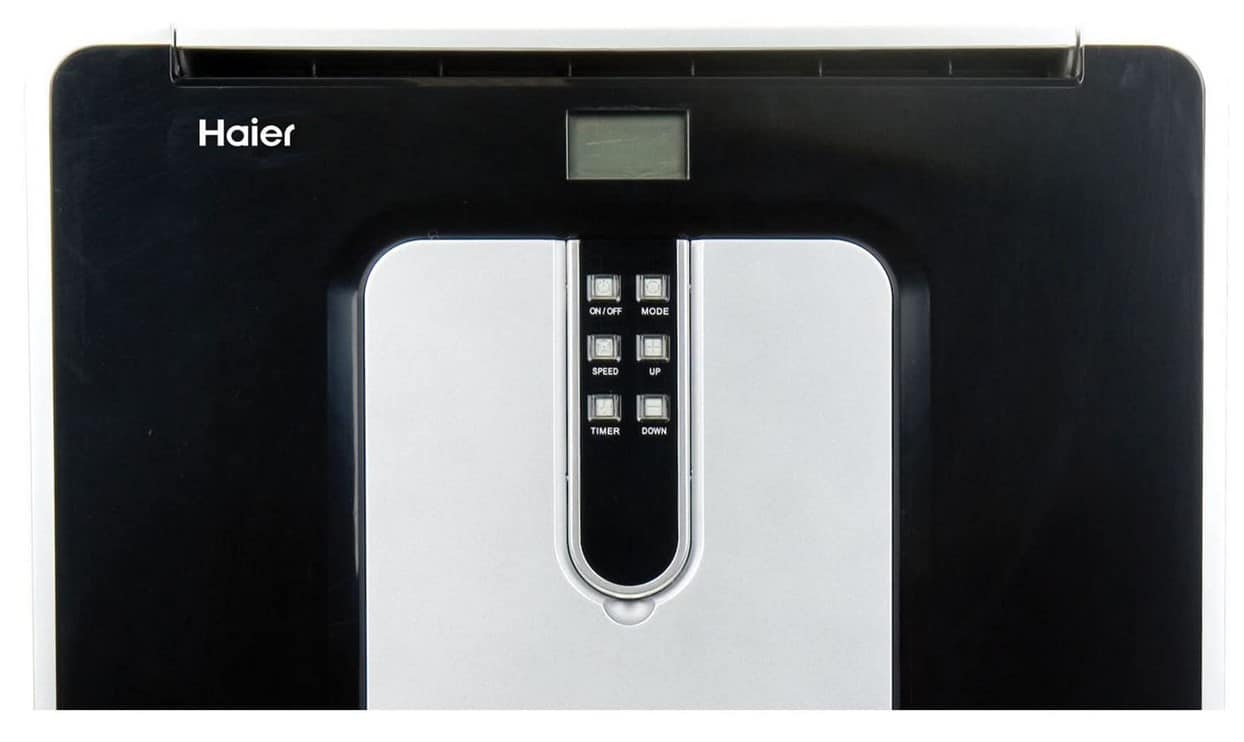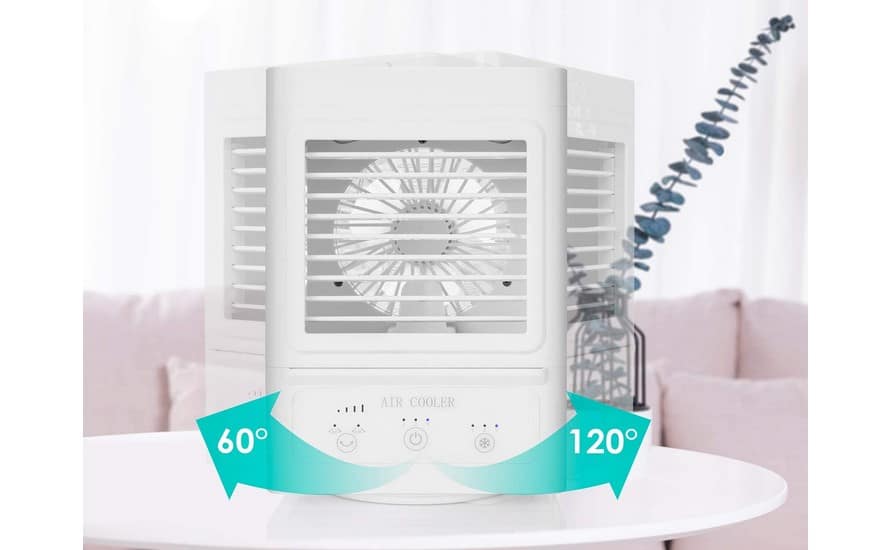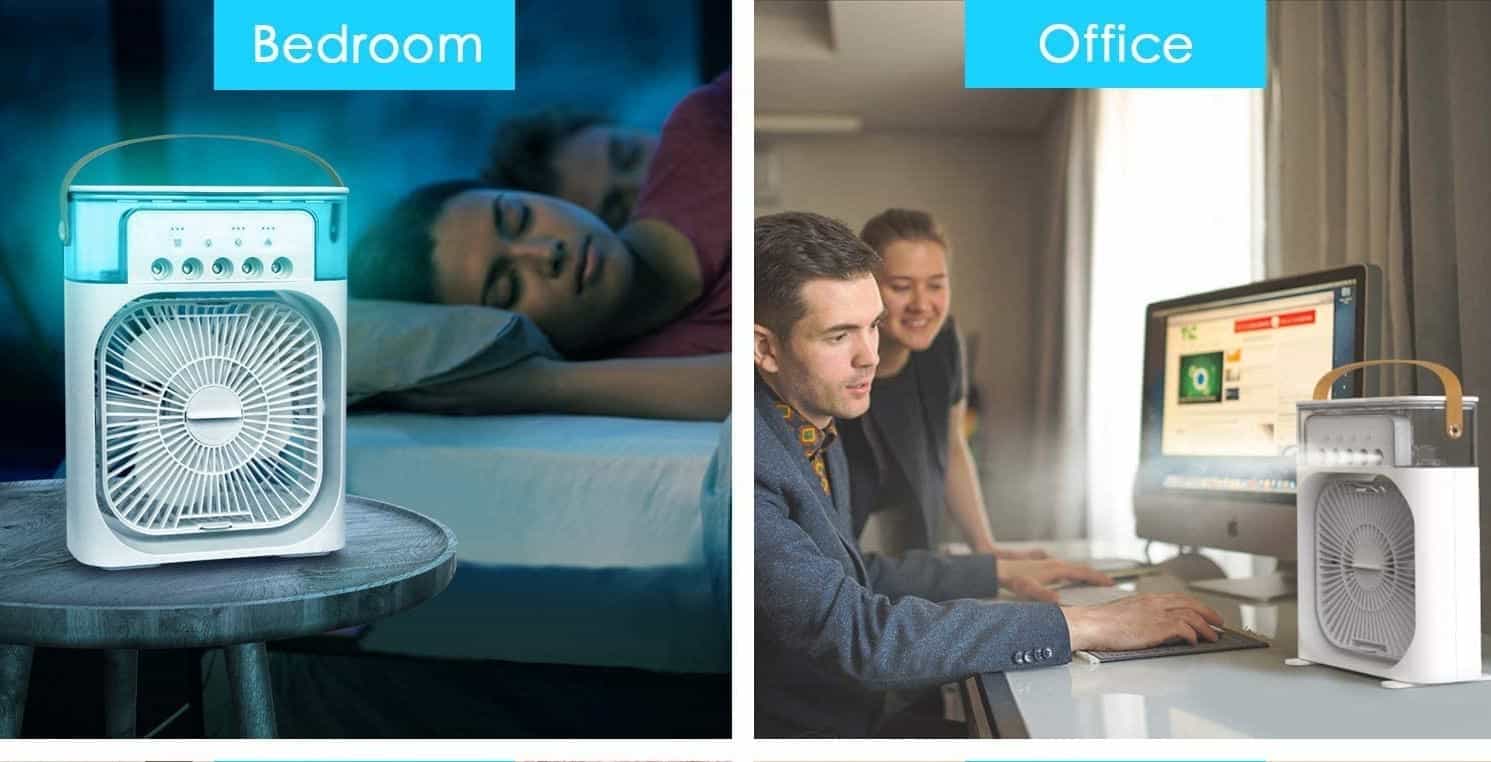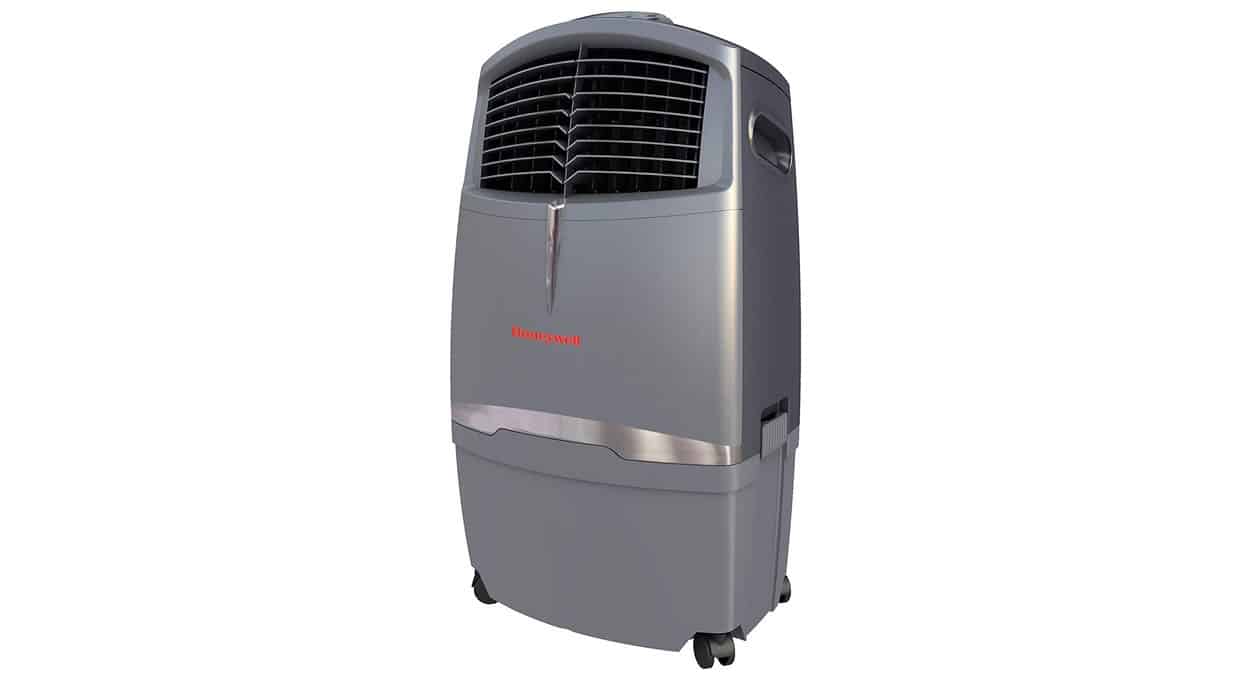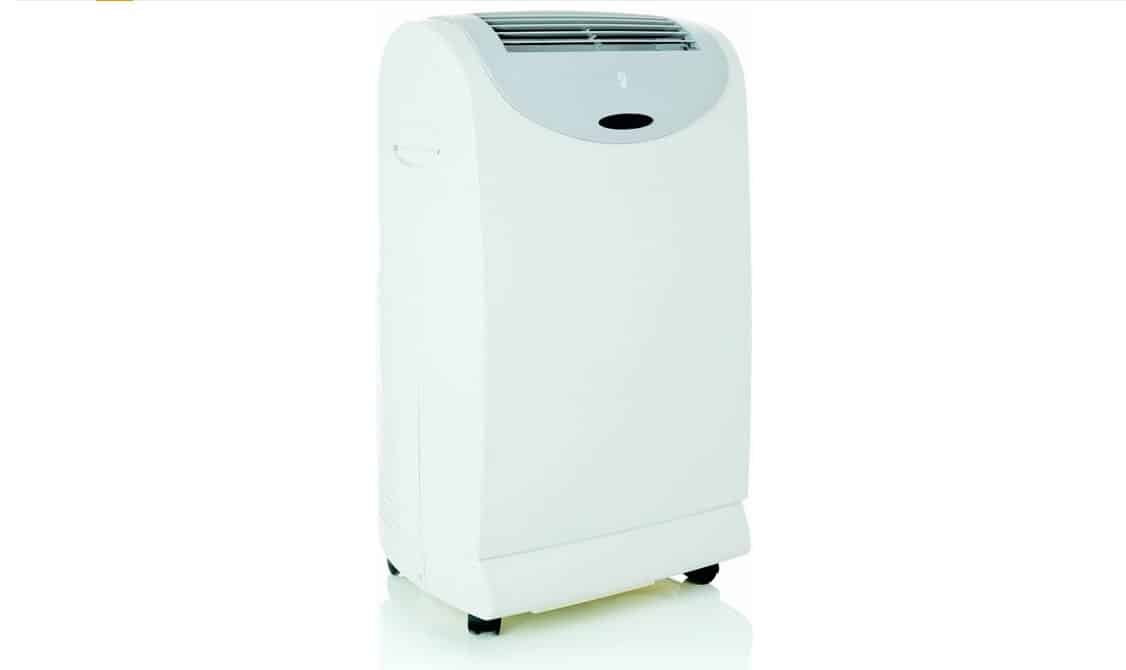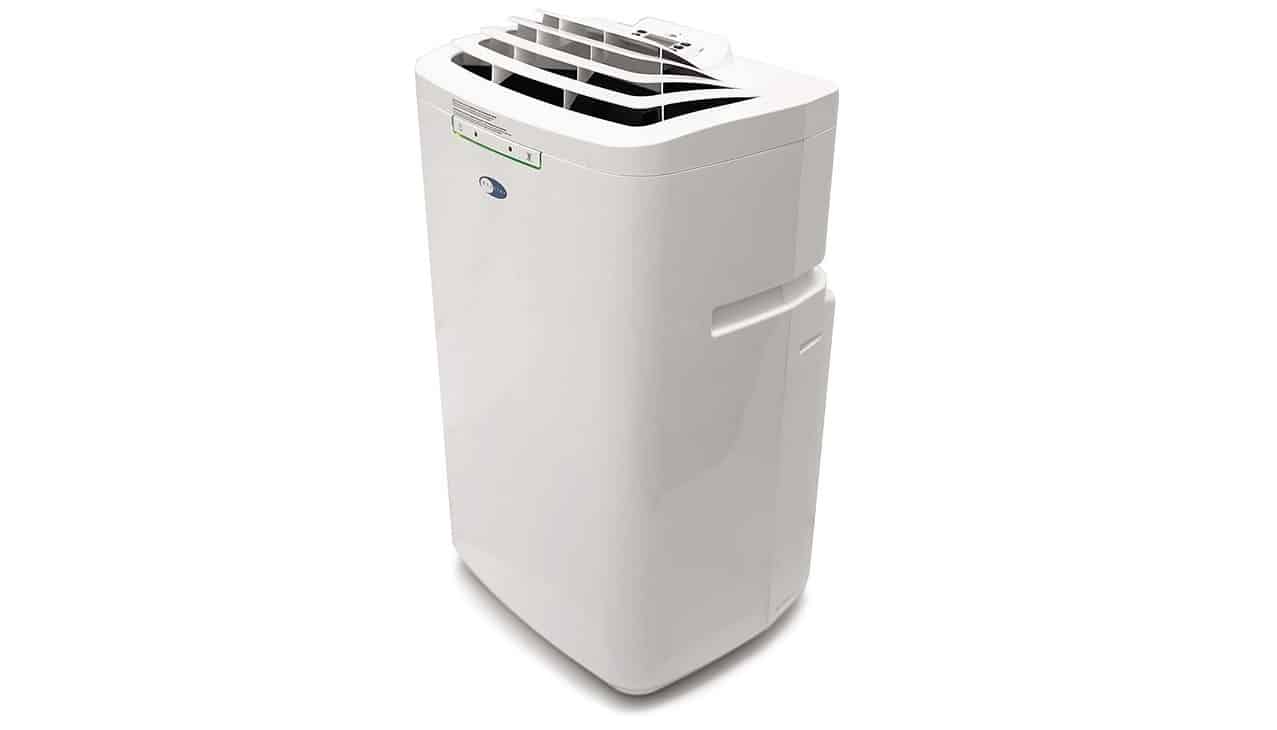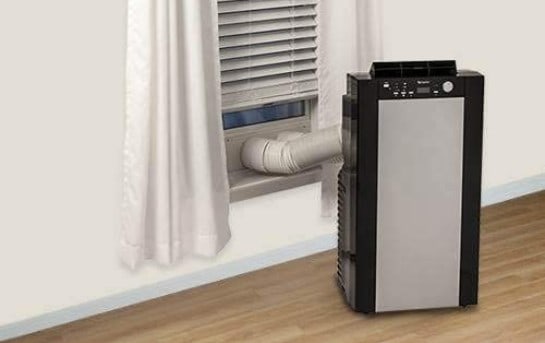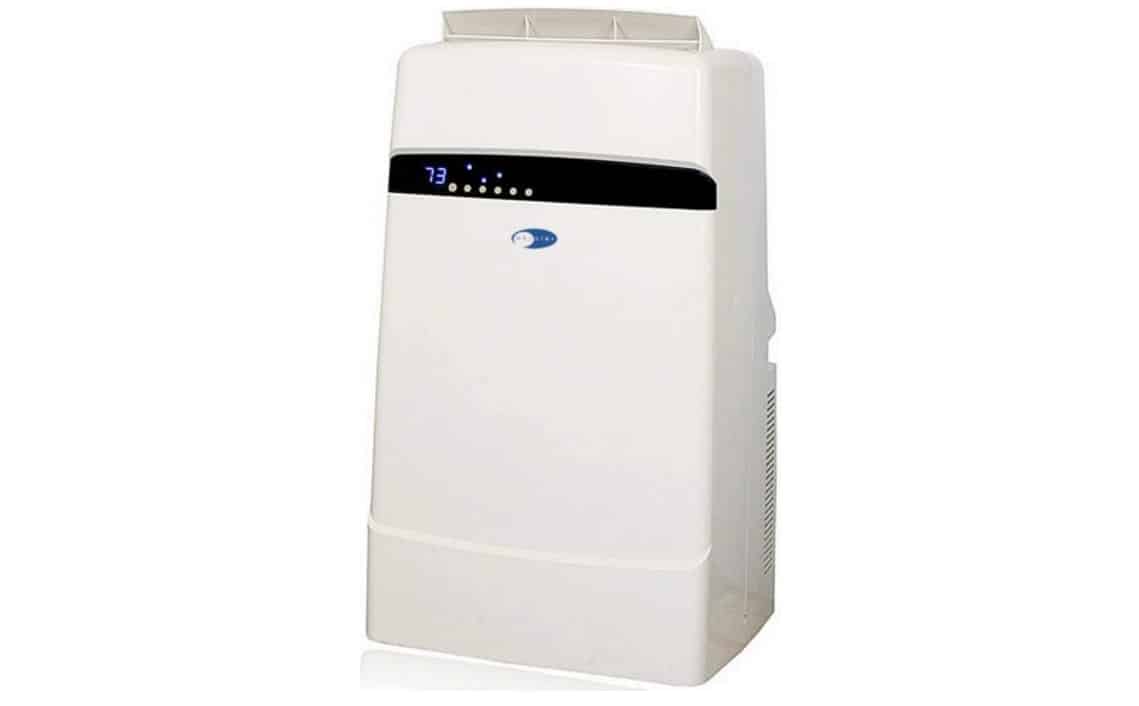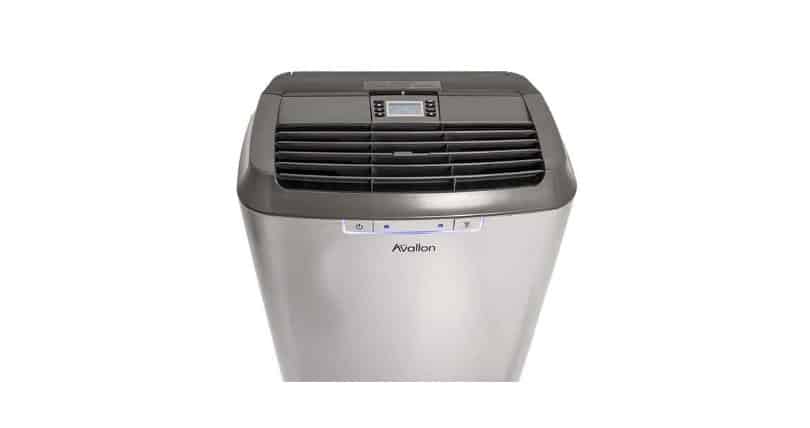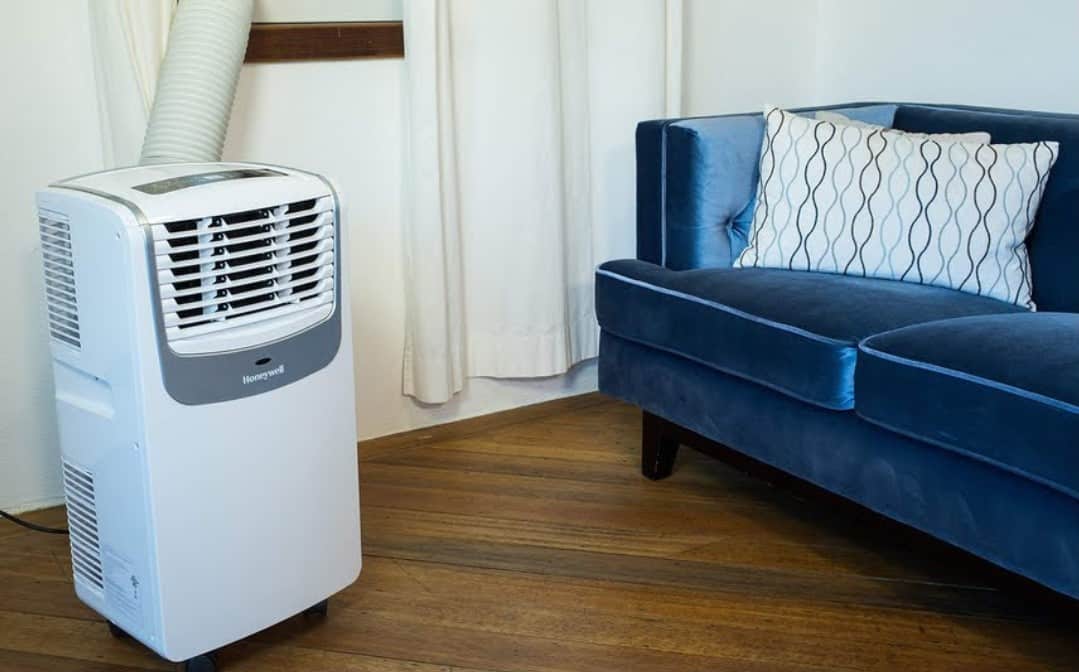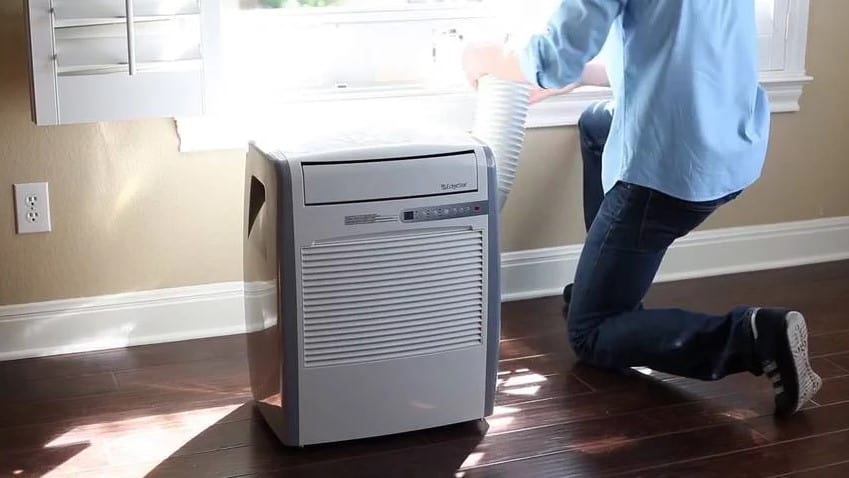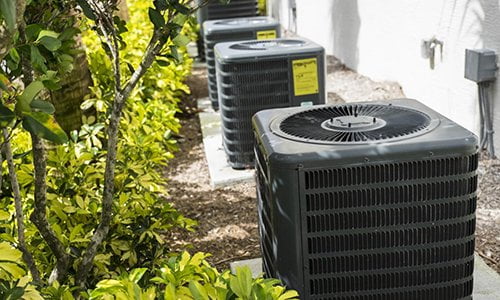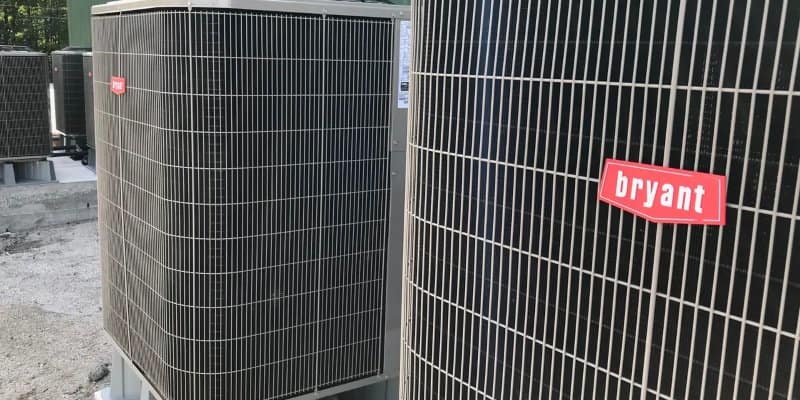One reason that portable units have quickly become some of the market’s best air conditioners is their versatility. For example, suppose you need to cool a windowless or near-windowless room. In that case, portable AC units give you more freedom of placement. That’s why today we’ll show you five ways how to use a portable air conditioner without a window. And for those who might also consider venting their portable AC the traditional way, we have a great article covering how to use a portable air conditioner through a window.
KEY TAKEAWAYS:
- Portable air conditioners can be vented through sliding doors, walls, and ceilings.
- The easiest method is through a sliding door with a vent kit.
- Venting a portable AC unit through a wall or ceiling panel requires making a hole with the same diameter as the exhaust hose.
Three Ways to Use a Portable AC Unit Without a Window
Portable air conditioning units are handy because they work in places that typically have few windows, like attics, basements, or office spaces. And with enough creativity, you can find a way to put your portable unit just about anywhere you have an outlet.
Insider Tip
Experts recommend that the best way to find a spot to drill into the wall is by checking the building’s architectural plan.
There are more than just these three we’ll show you, but below are the most common ways to set up an air conditioner if you don’t have a window. Also, we have a great article outlining how to use an air conditioner economically and effectively for those interested in reading further.
Method 1 – Sliding Doors
A sliding door is the easiest way to ventilate your portable AC because it’s the same as installing it through a window when it comes down to it. Many hardware stores sell kits specifically tailored for sliding doors, which provide a tight seal.
STEP 1
First, assemble and measure the vent panel.
STEP 2
Apply the weather strips to the door frame.
STEP 3
Attach the exhaust hose from the air conditioner to the panel.
Method 2 – Through the Wall
You’ll need to be comfortable drilling a hole into one of your walls for this method. If you don’t feel like you have the skills for this method, call a technician.
STEP 1
Once you’ve identified a spot on the wall to put the vent hose, you must measure the diameter and use a saw to cut the hole through to the outside.
STEP 2
Next, pass the exhaust hose through the wall vent and install the panel on the outside of the house.
STEP 3
Use silicone caulk to seal any opening around the hose and vent both indoors and out.
Method 3 – Ceiling Vents
This method is best if your home has a drop ceiling.
STEP 1
Create an opening in a ceiling panel by measuring the diameter of your exhaust vent hose.
STEP 2
Pass it through the ceiling panel and secure it.
STEP 3
Then, seal the area around the hose with silicone caulk.
Warning
Before drilling into your wall, check for studs and any electrical wiring. Drilling through studs can weaken the house’s structure, and drilling through wires can cause electrocution.
F.A.Q.S
Do portable air conditioners last a long time?
If maintained and stored correctly, portable AC owners say they can last up to 15 years.
What should you do to maintain a portable air conditioner?
A few of the best ways to maintain a portable air conditioner are to regularly clean the filter and ensure the exhaust hose doesn’t get kinked. If it does, you’ll need to know how to stop your A/C from leaking water.
Are there rooms where you shouldn’t use a portable AC unit?
Places that are not well insulated, such as garages or unfinished basements, are hard to cool and wouldn’t be good to run an AC unit in.
STAT: Leaks, holes, and poorly connected ducts cause the average house to lose about 20–30% of the air moving through the duct system. (source)
REFERENCES:
- https://www.youtube.com/watch?v=Ua4wegxG8tQ
- https://learnmetrics.com/how-to-vent-a-portable-air-conditioner-without-a-window/
- https://www.youtube.com/watch?time_continue=64&v=hBwyMbAf5IM&feature=emb_titler
- https://americanhomewater.com/how-to-vent-a-portable-air-conditioner-without-a-window/
- https://www.wcmanet.org/how-to-vent-a-portable-window-conditioner-without-a-window/

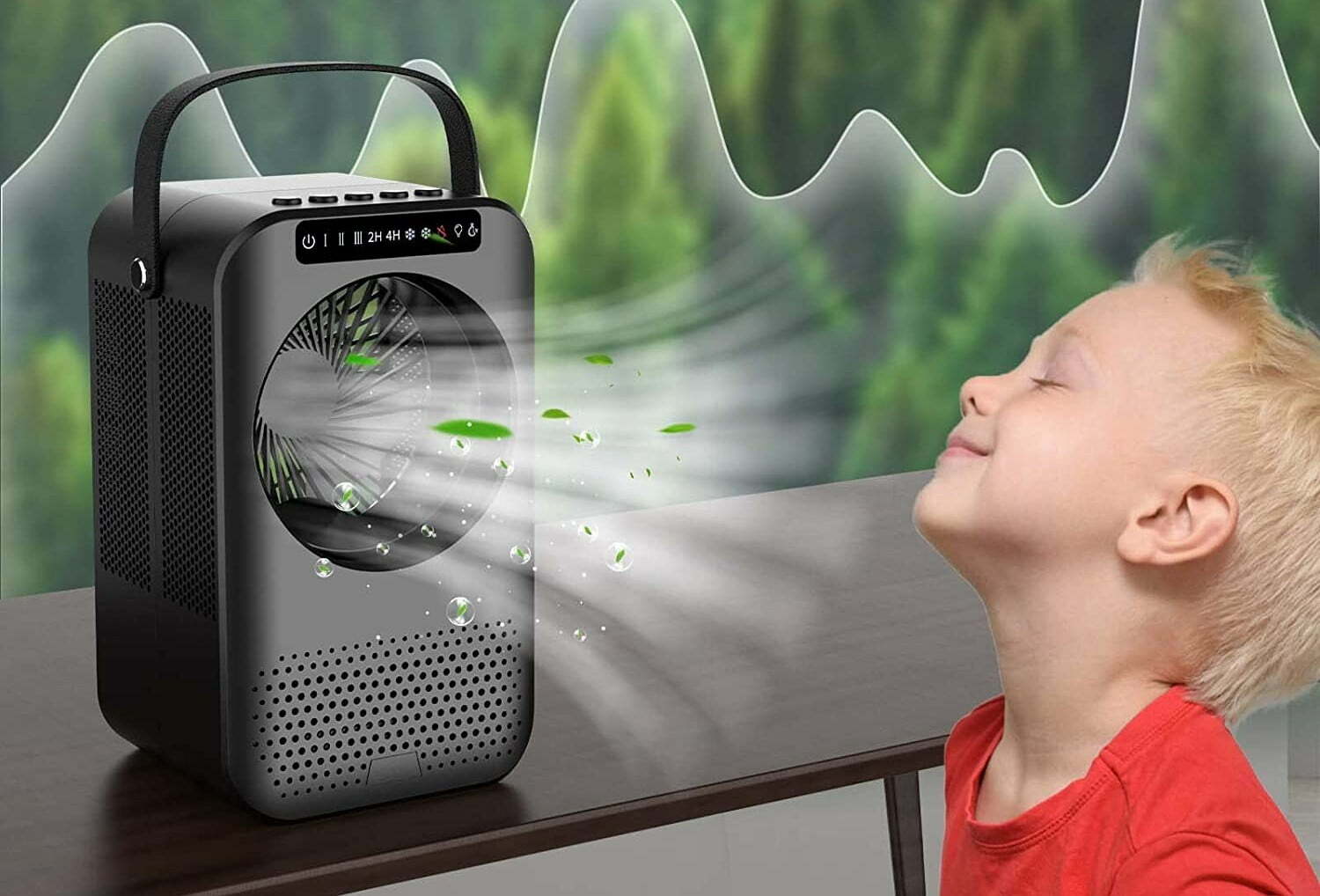













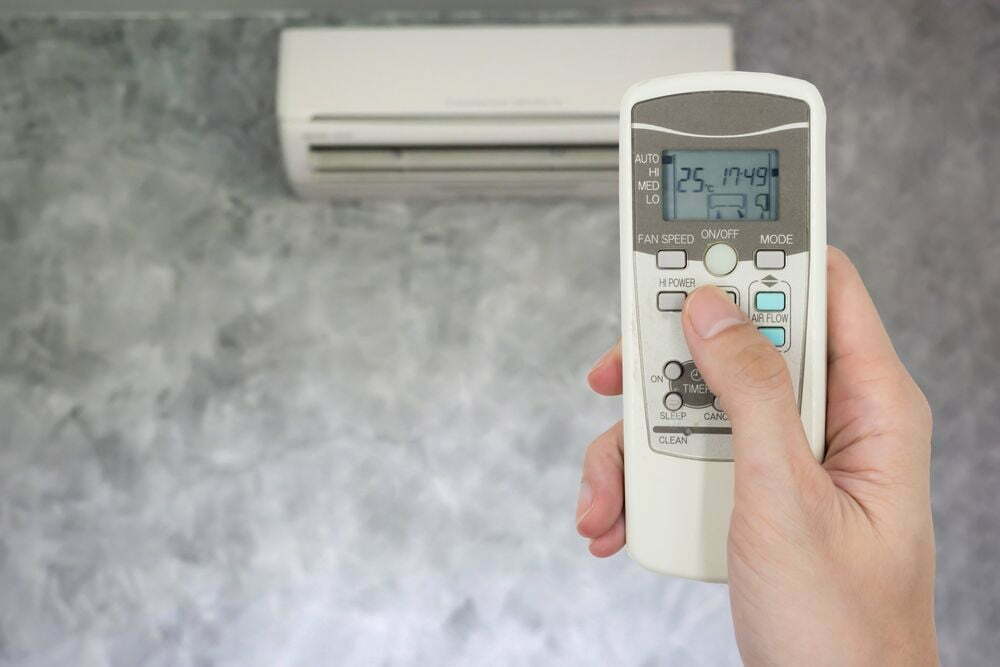

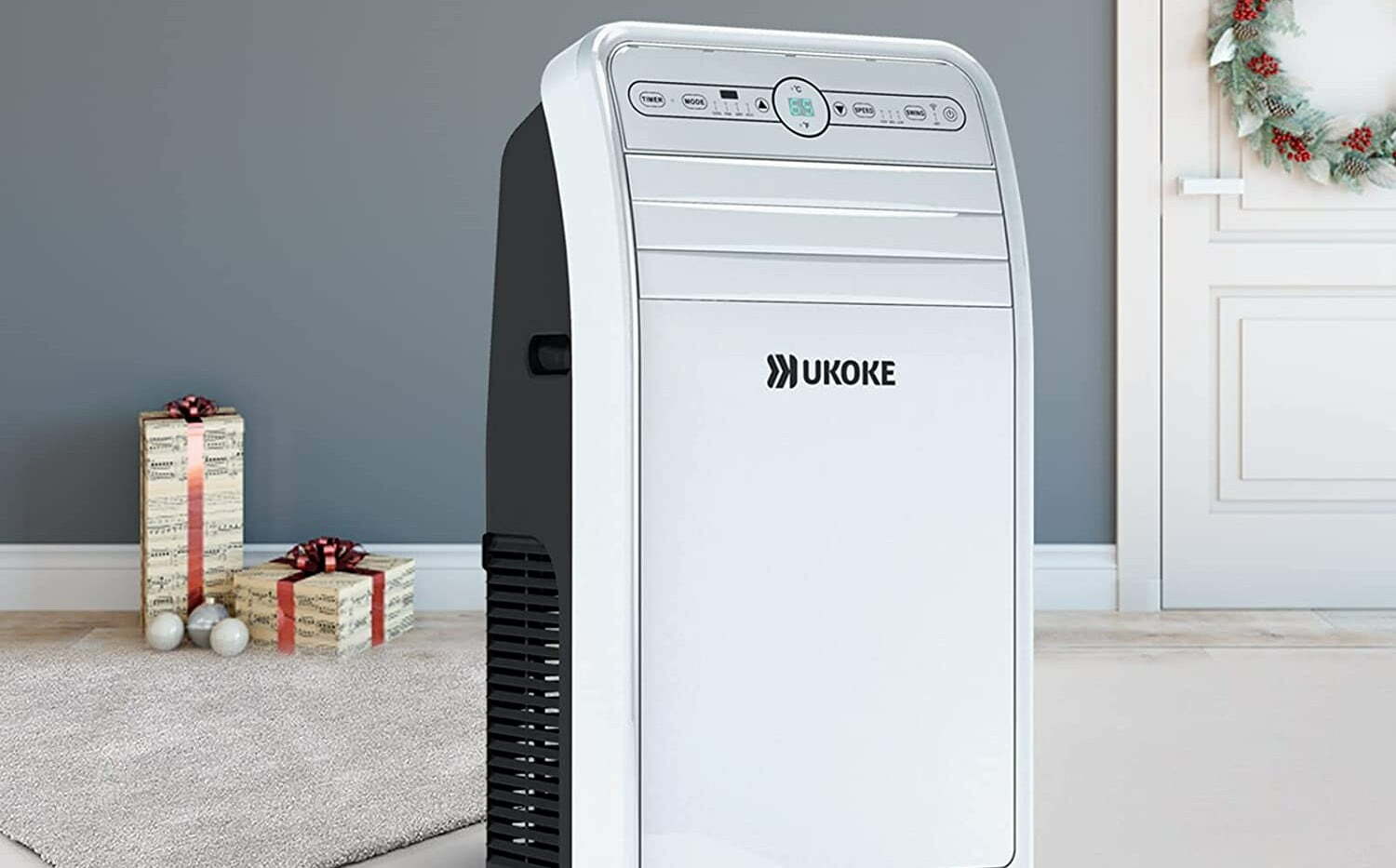
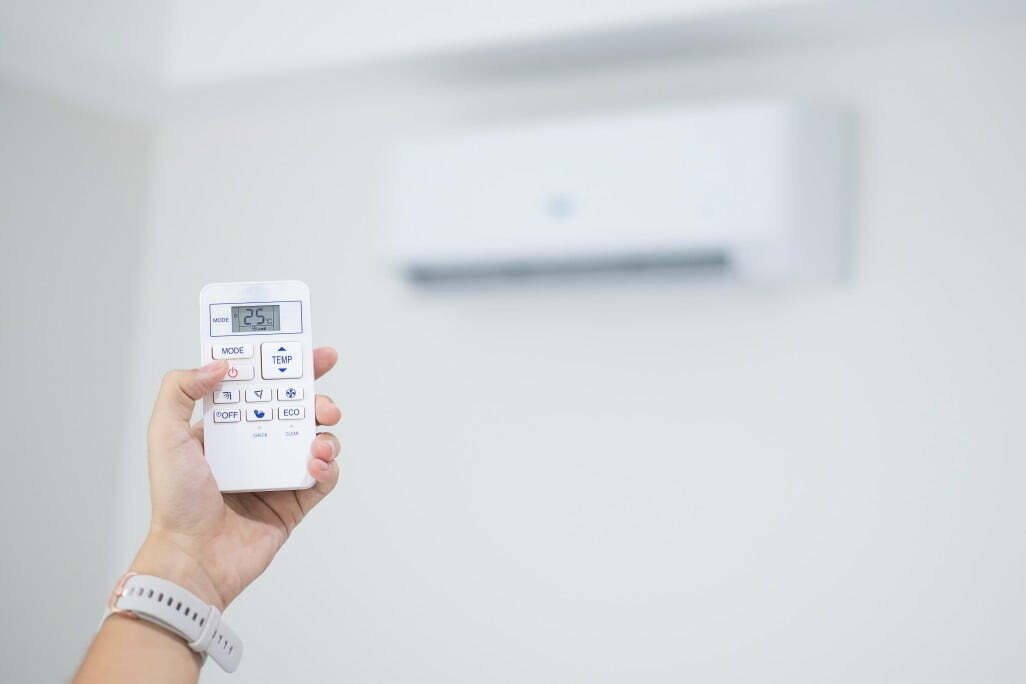
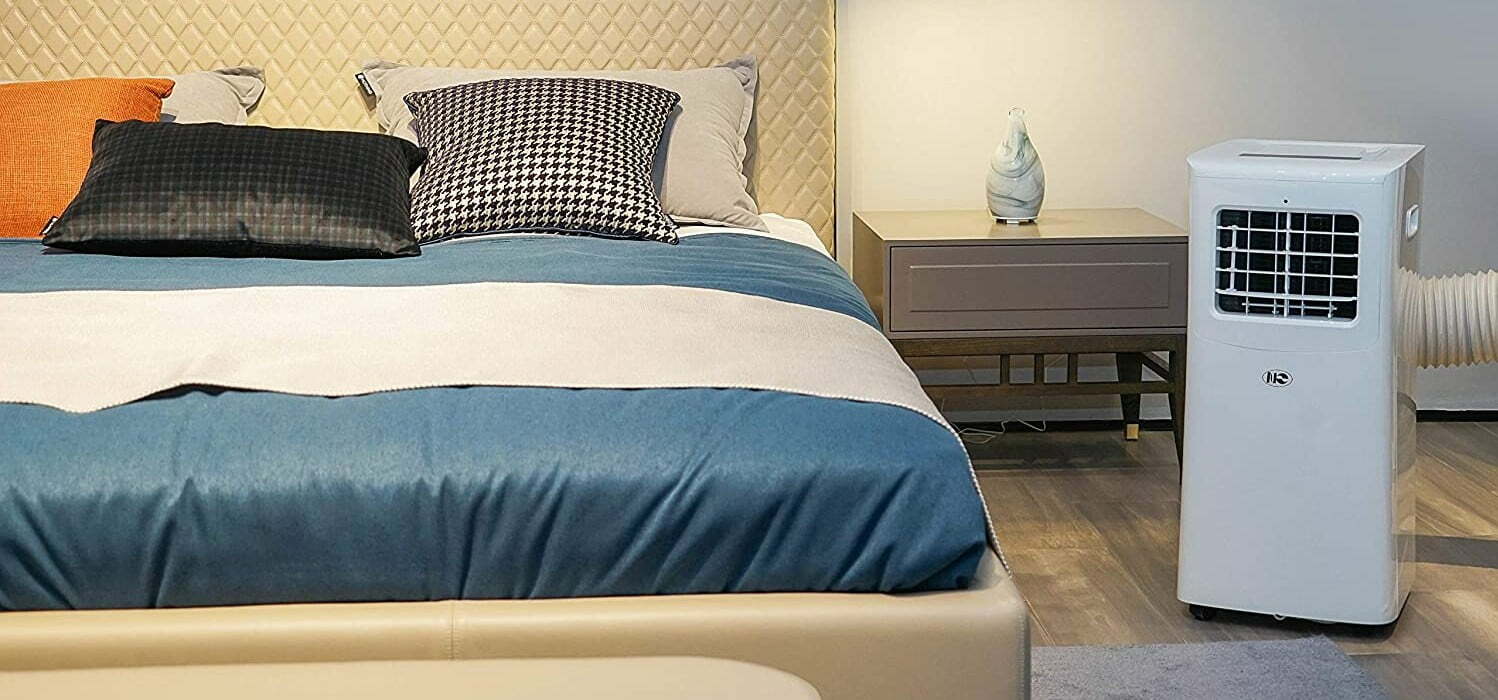
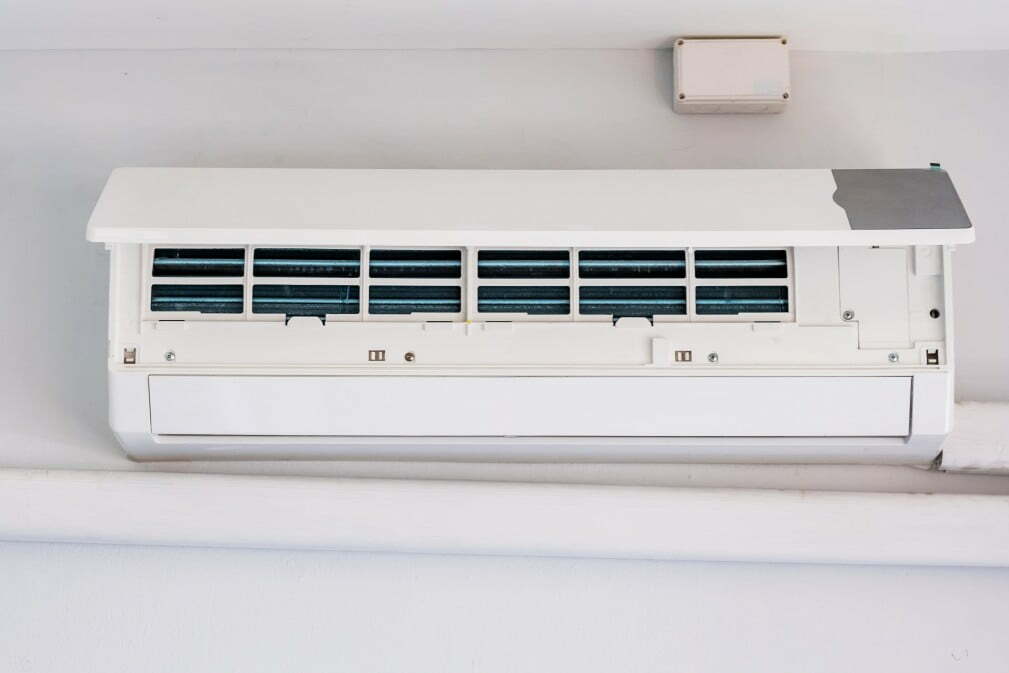
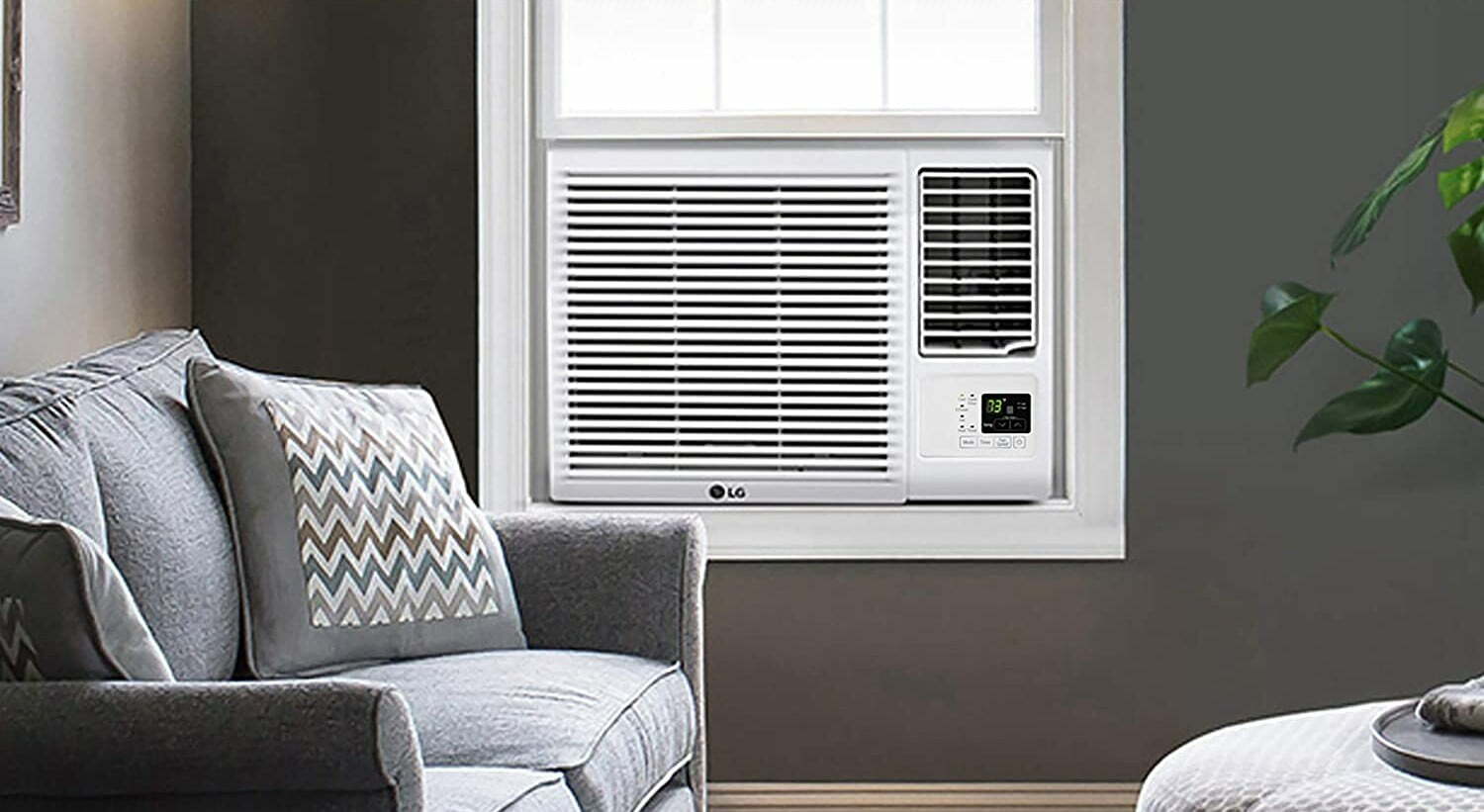
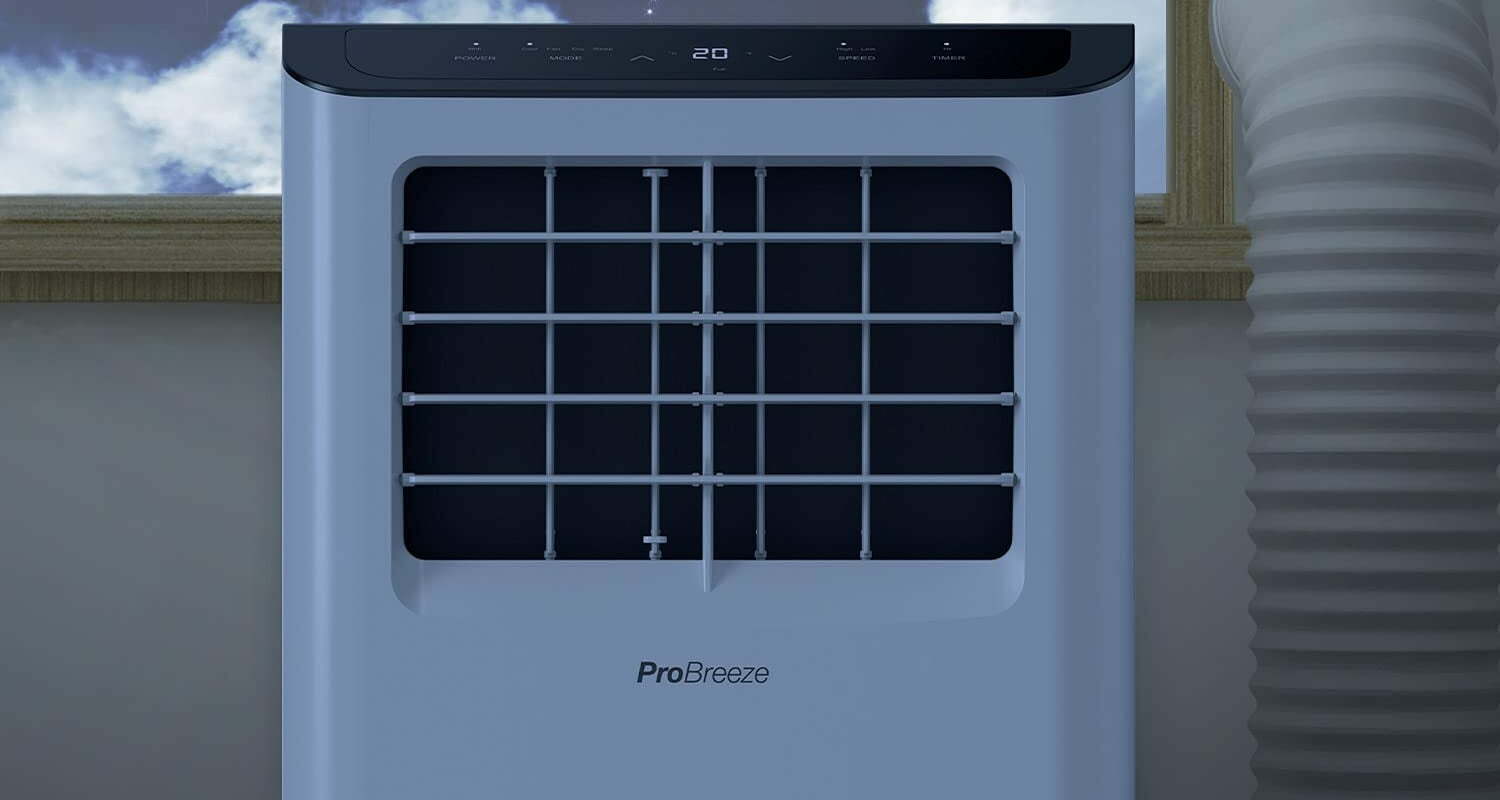

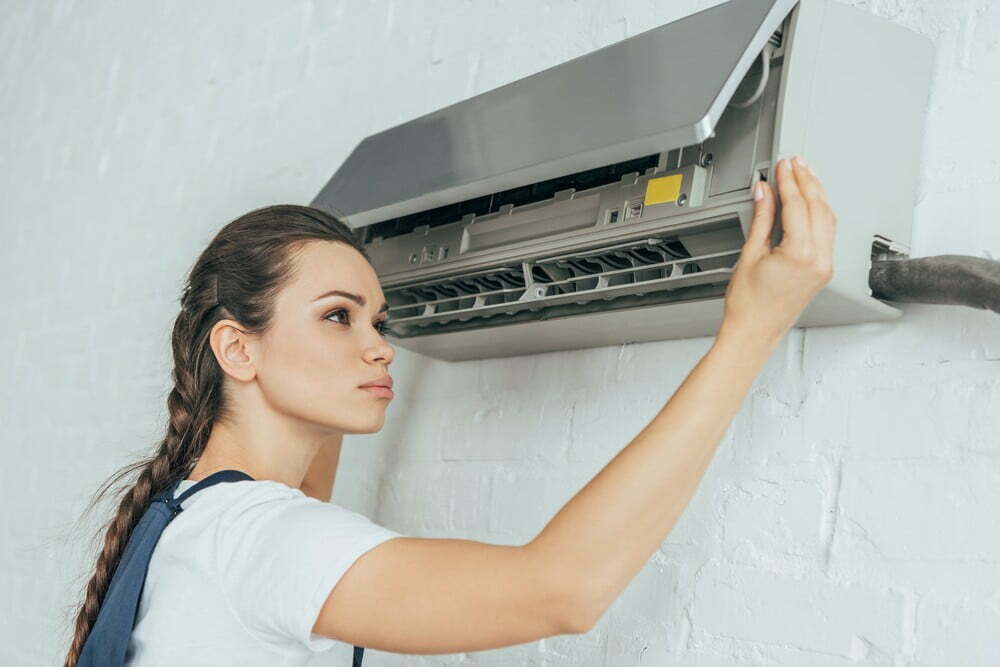
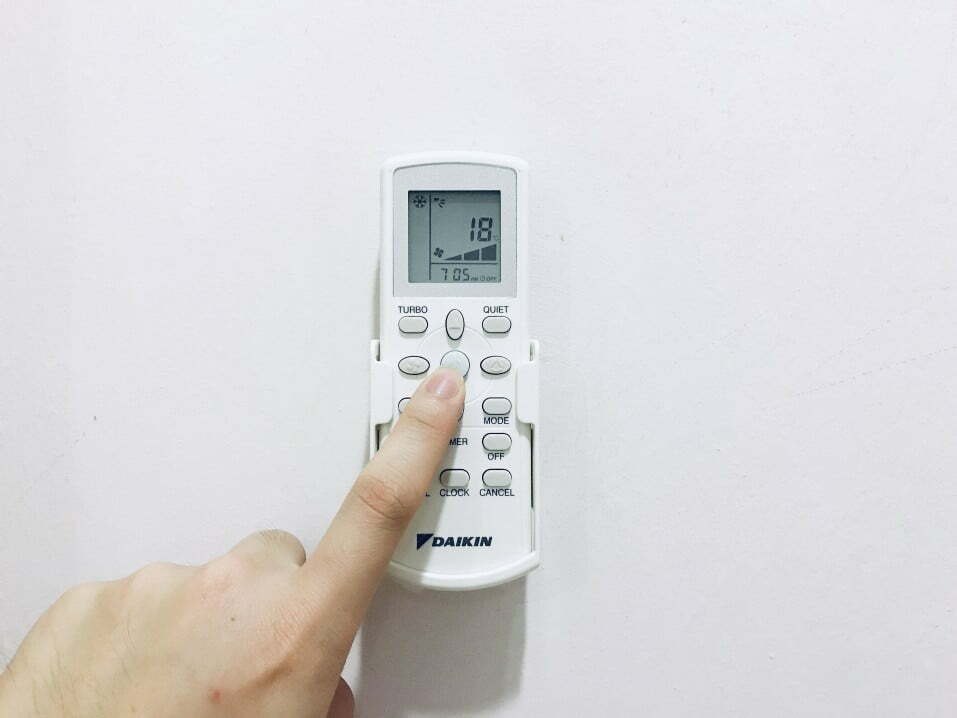
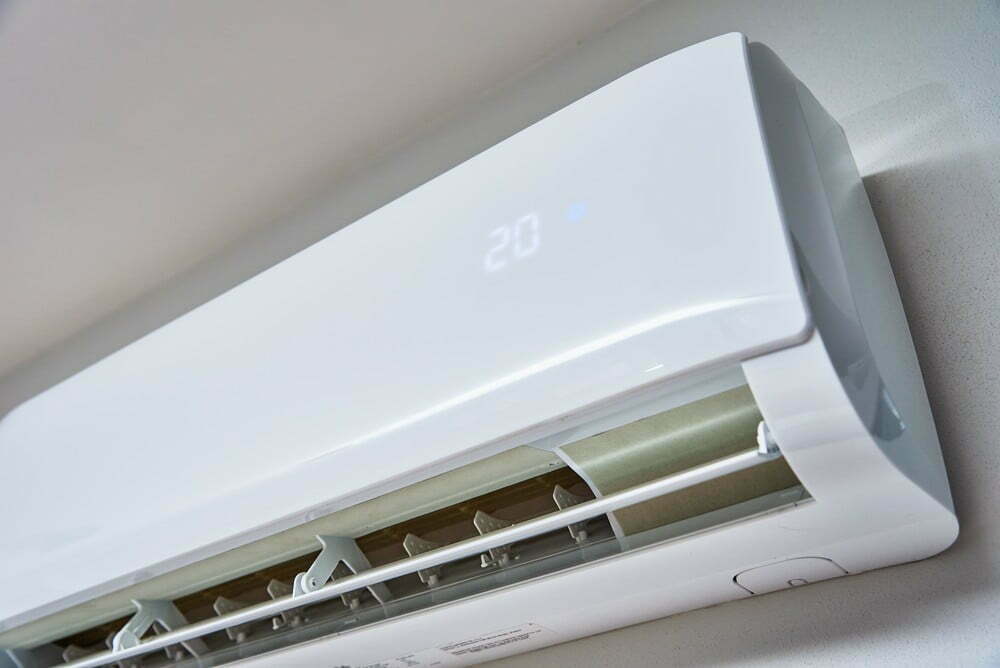

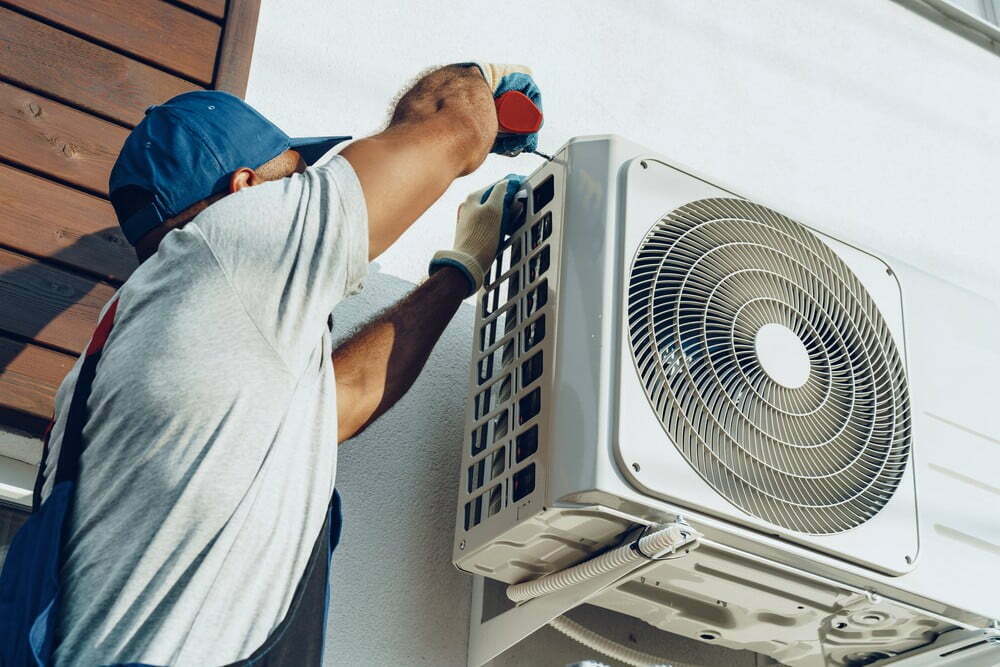


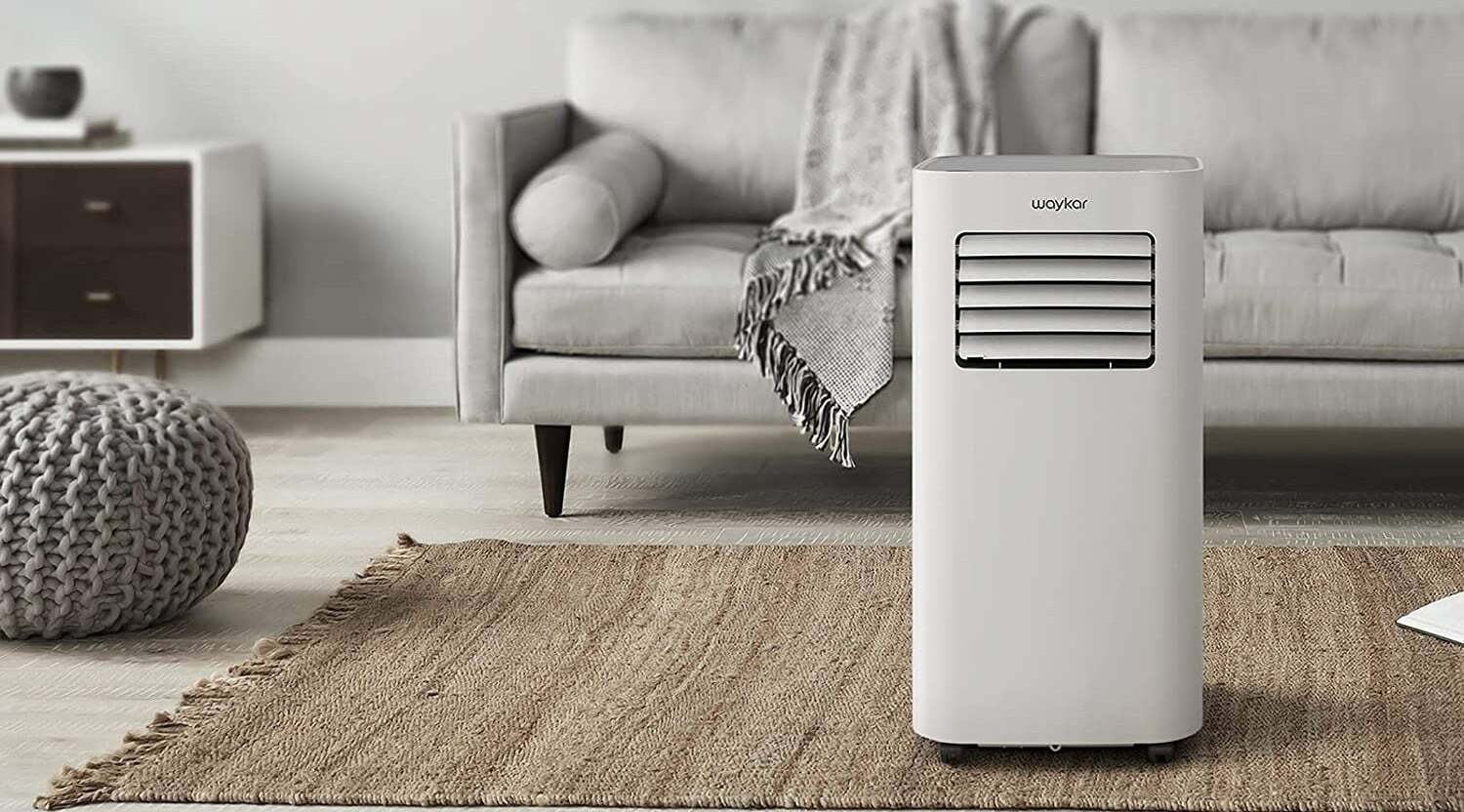
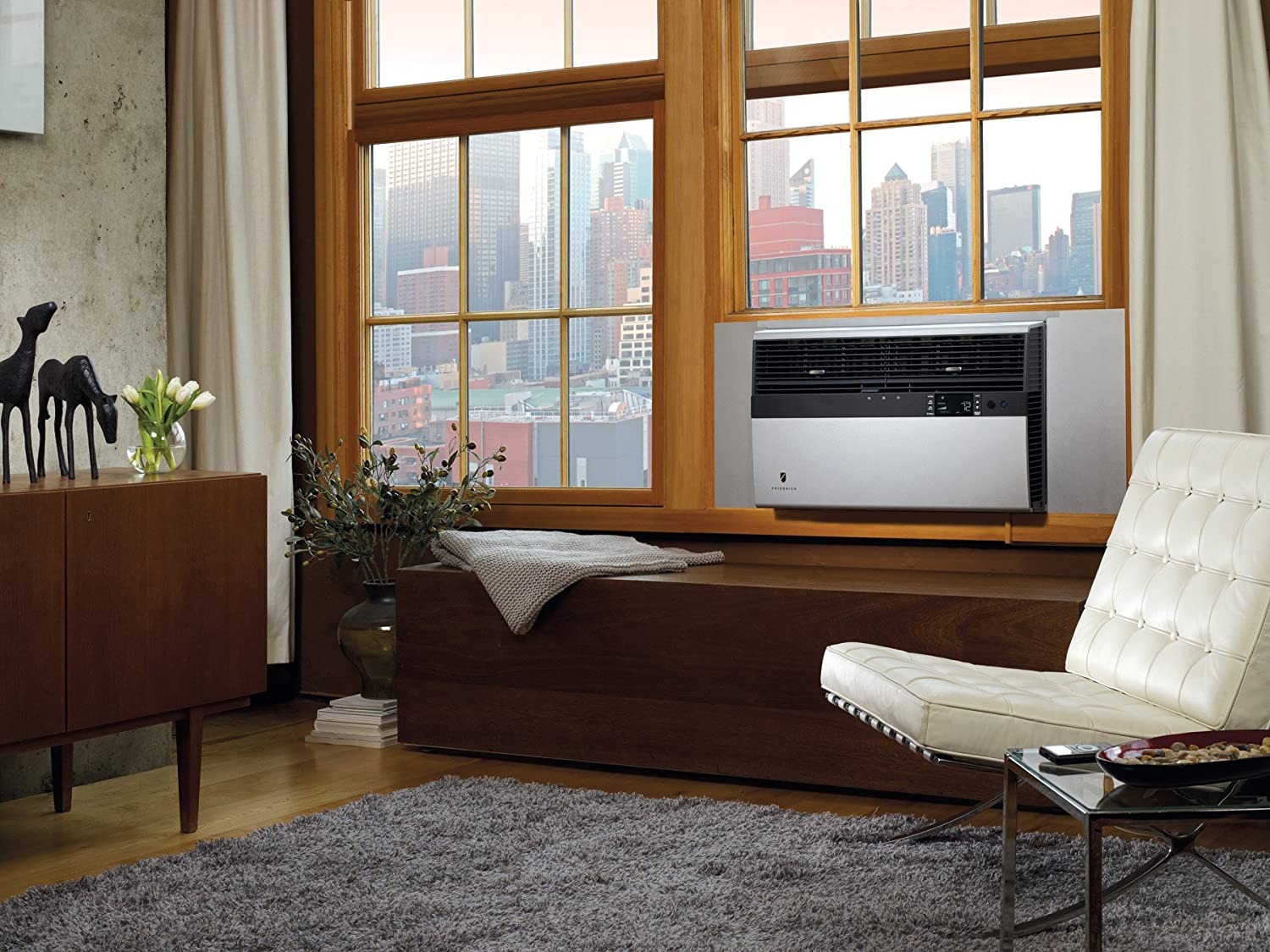

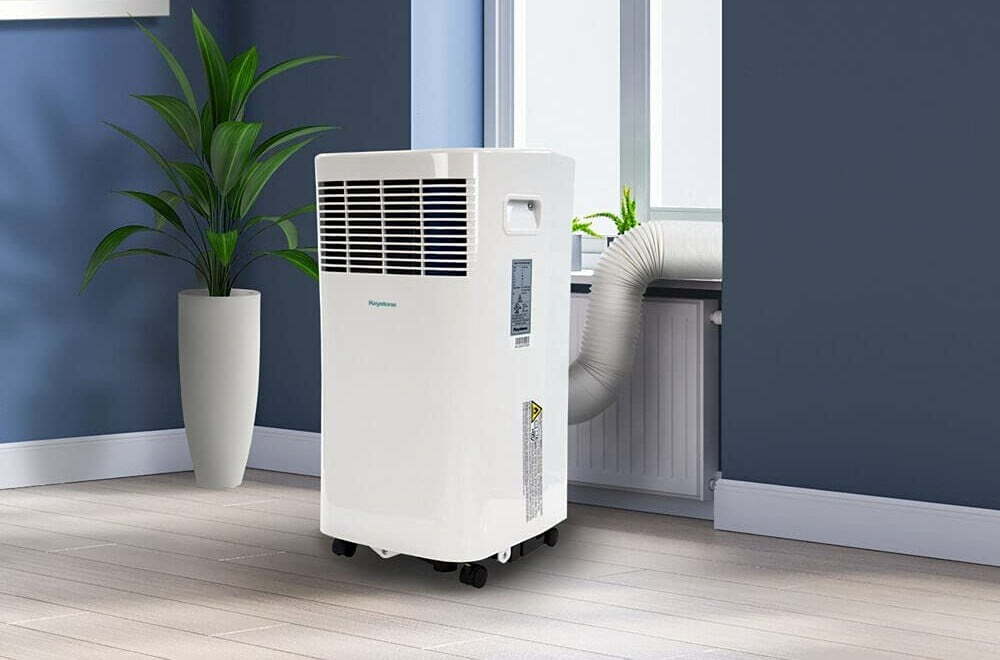
![Best Air Conditioners in [year] ([month] Reviews) 27 Best Air Conditioners in 2025 (December Reviews)](https://www.gadgetreview.dev/wp-content/uploads/best-air-conditioners-image.jpg)
![Quietest Through The Wall Air Conditioners in [year] 28 Quietest Through The Wall Air Conditioners in 2025](https://www.gadgetreview.dev/wp-content/uploads/quietest-through-the-wall-air-conditioner-image.jpg)
![Best 10000 BTU Air Conditioners in [year] 29 Best 10000 BTU Air Conditioners in 2025](https://www.gadgetreview.dev/wp-content/uploads/best-10000-btu-air-conditioner-image.jpg)
![Best 15000 BTU Air Conditioners in [year] 30 Best 15000 BTU Air Conditioners in 2025](https://www.gadgetreview.dev/wp-content/uploads/best-15000-btu-air-conditioner-image.jpg)
![Best 15000 BTU Window Air Conditioners in [year] 31 Best 15000 BTU Window Air Conditioners in 2025](https://www.gadgetreview.dev/wp-content/uploads/best-15000-btu-window-air-conditioner-image.jpg)
![Best 12000 BTU Air Conditioners in [year] 32 Best 12000 BTU Air Conditioners in 2025](https://www.gadgetreview.dev/wp-content/uploads/best-12000-btu-air-conditioner-image.jpg)
![Best Photocatalytic Oxidation Air Purifiers in [year] 33 Best Photocatalytic Oxidation Air Purifiers in 2025](https://www.gadgetreview.dev/wp-content/uploads/best-photocatalytic-oxidation-air-purifier-image.jpg)
![Best Ventless Portable Air Conditioners in [year] 34 Best Ventless Portable Air Conditioners in 2025](https://www.gadgetreview.dev/wp-content/uploads/best-ventless-portable-air-conditioner-image.jpg)
![Best Window Air Conditioners with Heat in [year] 35 Best Window Air Conditioners with Heat in 2025](https://www.gadgetreview.dev/wp-content/uploads/best-window-air-conditioner-with-heat-image.jpg)
![Best Inverter Air Conditioners in [year] 36 Best Inverter Air Conditioners in 2025](https://www.gadgetreview.dev/wp-content/uploads/best-inverter-ac-image.jpg)
![Best HEPA Air Purifiers in [year] 37 Best HEPA Air Purifiers in 2025](https://www.gadgetreview.dev/wp-content/uploads/best-hepa-air-purifier-image.jpg)
![Best Quiet Window Air Conditioners in [year] 38 Best Quiet Window Air Conditioners in 2025](https://www.gadgetreview.dev/wp-content/uploads/quiet-window-air-conditioner-image.jpg)
![Best Energy Efficient Window Air Conditioners in [year] 39 Best Energy Efficient Window Air Conditioners in 2025](https://www.gadgetreview.dev/wp-content/uploads/best-energy-efficient-window-air-conditioner-image.jpg)
![Best Quiet Portable Air Conditioners in [year] 40 Best Quiet Portable Air Conditioners in 2025](https://www.gadgetreview.dev/wp-content/uploads/quiet-portable-air-conditioner-image.jpg)
![Best 6000 BTU Air Conditioners in [year] 41 Best 6000 BTU Air Conditioners in 2025](https://www.gadgetreview.dev/wp-content/uploads/best-6000-btu-air-conditioner-image.jpg)
![Best 8000 BTU Air Conditioners in [year] 42 Best 8000 BTU Air Conditioners in 2025](https://www.gadgetreview.dev/wp-content/uploads/best-8000-btu-air-conditioner-image.jpg)
![Best Small Window Air Conditioner in [year] 43 Best Small Window Air Conditioner in 2025](https://www.gadgetreview.dev/wp-content/uploads/best-small-window-air-conditioner-image.jpg)
![Best 5000 BTU Air Conditioners in [year] 44 Best 5000 BTU Air Conditioners in 2025](https://www.gadgetreview.dev/wp-content/uploads/best-5000-btu-air-conditioner.jpg)
![Best Mini Split in [year] 45 Best Mini Split in 2025](https://www.gadgetreview.dev/wp-content/uploads/best-ductless-mini-split-air-conditioner-image.jpg)
![10 Best Portable Air Conditioners and Heaters in [year] 46 10 Best Portable Air Conditioners and Heaters in 2025](https://www.gadgetreview.dev/wp-content/uploads/best-portable-air-conditioner-and-heater-image.jpg)

